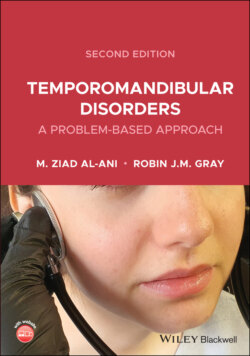Читать книгу Temporomandibular Disorders - Robin J. M. Gray - Страница 15
Histology
ОглавлениеThere are four distinct layers or zones described in the articular surface of the condyle and mandibular fossa. These layers are the articular zone, proliferative zone, cartilagenous zone, and calcified zone (Figure 2.2):
1 The articular zone is dense fibrous connective tissue and forms the outer functional surface of the condyle head. As a result of this fibrous connective tissue layer, it is suggested that it is less susceptible to the effect of ageing and breakdown over time. In addition, despite a poor blood supply, it has a better ability to repair, good adaptation to sliding movement, and the ability to act as a shock absorber when compared with hyaline cartilage.
2 The proliferative zone is mainly cellular and is the area in which undifferentiated germinative mesenchyme cells are found. This layer is responsible for the proliferation of the articular cartilage and the proliferative zone is capable of regenerative activity and differentiation throughout life.
3 The cartilagenous zone contains collagen fibres arranged in a criss‐cross pattern of bundles. This offers considerable resistance against compressive and lateral forces but becomes thinner with age.
4 The calcified zone is the deepest zone and is made up of chondrocytes, chondroblasts, and osteoblasts. This is an active site for remodelling activity as bone growth proceeds.
Figure 2.2 The four distinct zones described in the articular surface of the condyle and mandibular fossa
(M. Ziad Al‐Ani, Robin J.M. Gray.)
